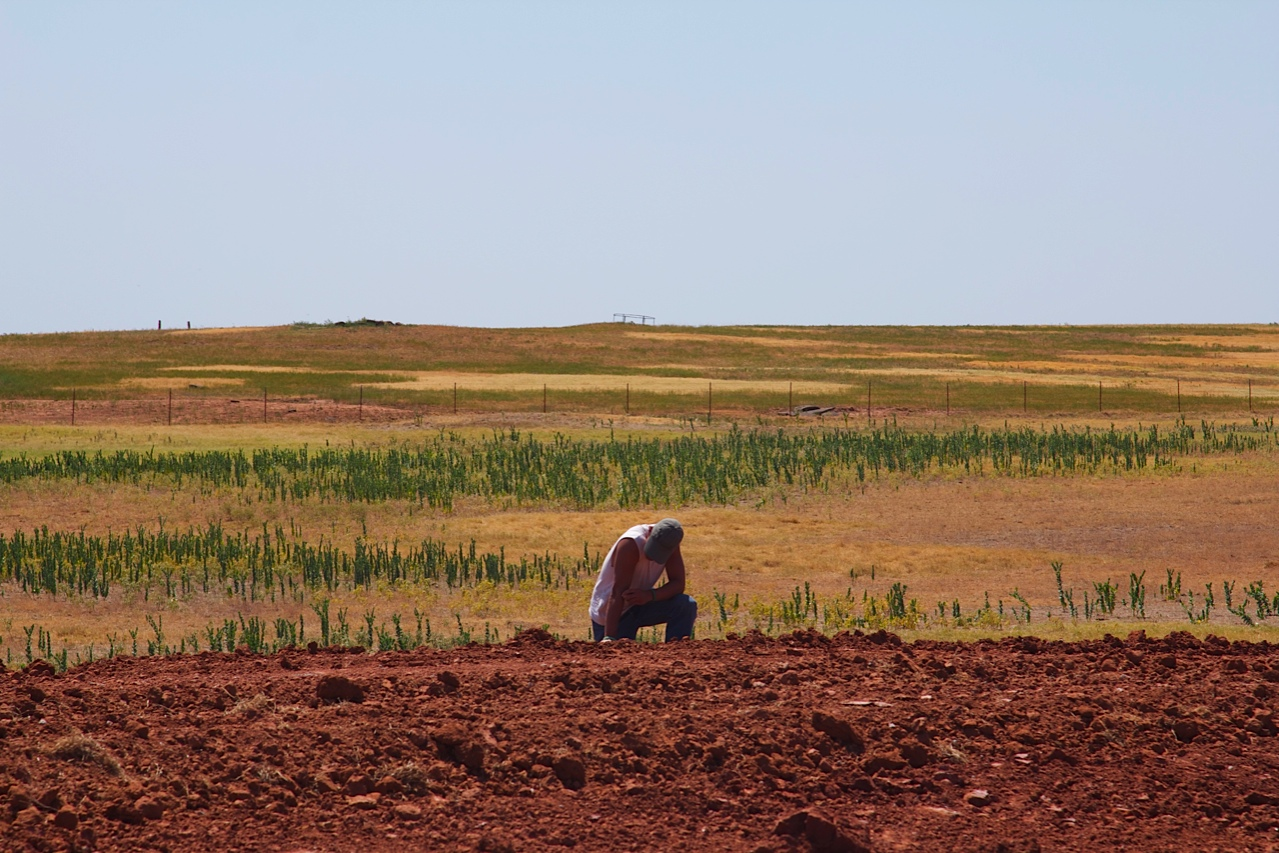Iraq and Syria Face Worst Drought in Decades
Hwang Yuihyun (SNUAC)
Iraq and Syria are experiencing their most severe drought in decades. In Iraq, diminished winter rainfall has lowered the water levels of the Euphrates and Tigris rivers by up to 27%, marking the worst shortage since 1933. Southern regions that rely heavily on river water have been hit hardest. In Dhi Qar province, more than 10,000 families have been displaced, while Basra—already struggling with chronic water scarcity and pollution—now depends on rationing. The Ministry of Water Resources has postponed September crop plantings, and declining upstream flows have worsened seawater intrusion through the Shat al-Arab channel, increasing salinity.
Experts note that Basra’s water crisis stems not only from drought and climate change but also from government neglect and corruption. Projects such as desalination plants have stalled due to collusion between local businesses and politicians, while broader state efforts remain inadequate. Meanwhile, Turkey and Iran continue to dam the upper reaches of the Euphrates and Tigris, reducing flows into Iraq, yet Baghdad has failed to exert meaningful diplomatic pressure.
Syria is facing its worst drought in decades as well. By early 2025, rainfall had fallen to its lowest level since 1997, devastating farmers’ harvests. Wheat growers reliant on rainfed crops were hit hardest, while even irrigated farms suffered losses due to high fuel costs and limited water. In the southern Darya region, rainfed wheat yields collapsed to nearly zero, and irrigated crop yields dropped by about 50%.
Climate change has further disrupted the rainy season in southern Darya. Rain that once fell mainly in winter now comes later, from January through May, undermining traditional wheat cultivation. Experts warn that recurring droughts and shifting rainfall patterns have degraded soils, while indiscriminate irrigation and overuse of groundwater have driven water tables lower. Outdated irrigation techniques and poor fertilizer practices are also raising production costs and depressing farm productivity.
이라크와 시리아, 최악의 가뭄 직면
황의현 (아시아연구소)
이라크와 시리아가 최악의 가뭄에 직면했다. 이라크에서는 겨울 강수량이 줄어들어 유프라테스강과 티그리스강의 수량이 최대 27% 감소해 1933년 이후 최악의 가뭄이 발생했다. 강이 고갈되며 강물에 의존하던 남부 지역은 극심한 피해를 입었다. 중부 디카르(Dhi Qar) 주에서는 1만 가구 이상이 고향을 떠났으며, 이미 만성적인 물 부족과 수질 오염에 시달리고 있던 바스라는 가뭄까지 겹치면서 시민들은 물 배급에 의존하는 실정이다. 이라크 수자원부는 가뭄으로 인해 9월로 예정되어 있던 작물 경작 계획을 연기한다고 밝혔다. 또한 상류에서 유입되는 물은 줄어드는데 샤트 알아랍(Shat al-Arab) 수로를 통해 바다에서 역류하는 해수량은 늘어나 염화 현상은 더욱더 심해지고 있다.
전문가들은 바스라의 물 부족 사태가 가뭄과 기후변화의 결과만이 아니라고 지적한다. 수자원 인프라 구축과 물 부족 해결에 대한 정부와 정치인들의 무관심과 부패가 가뭄 피해를 더욱 극대화한 요인이다. 담수화 시설 등 수자원 시설 건설은 지역 기업과 정치인들의 유착으로 인해 지연되거나 제대로 실행되지 못하고 있다. 정부 차원의 노력도 부족한 실정이다. 튀르키예와 이란은 유프라테스와 티그리스강 상류에 댐을 건설해 강물이 이라크로 유입되지 못하도록 막고 있지만, 이라크 정부는 외교력을 발휘하고 있지 못하다.
시리아에서도 수십 년만의 최악의 가뭄이 발생했다. 2025년 초 강수량이 1997년 이래 최저치를 기록하면서 농민들은 거의 모든 작물을 잃었다. 빗물에 의존하는 밀을 재배하는 농민들은 비가 거의 내리지 않으면서 막대한 타격을 입었지만, 시리아 정부는 농민들이 가뭄 피해를 부족하기에는 턱없이 부족한 수매가와 보조금을 제시했다. 심지어 관개 수로에 의존하는 농민들도 연료비 부족으로 충분한 물을 쓰지 못해 손실을 피할 수 없었다. 남부 다르아 지역에서는 빗물에 의존하는 밀 농사의 수확량은 거의 0에 가까웠고, 관개 농업의 수확량은 약 50% 감소했다.
기후변화로 남부 다르아 지역에서는 우기도 달라졌다. 겨울에 주로 내리던 비는 이제 1~2월에 내리기 시작해 4~5월에야 그친다. 이로 인해 원래 겨울에 재배하던 밀 농사는 피해를 입을 수밖에 없다. 전문가들은 반복되는 가뭄과 기후변화로 농경지의 토양이 크게 훼손되었으며, 무분별한 관개와 지하수 사용으로 지하수도 감소했다고 지적한다. 전통적인 관개 방식의 비효율성, 잘못된 비료 사용 등도 생산비 증가를 초래해 농업 생산성을 악화하는 요인으로 거론된다.

